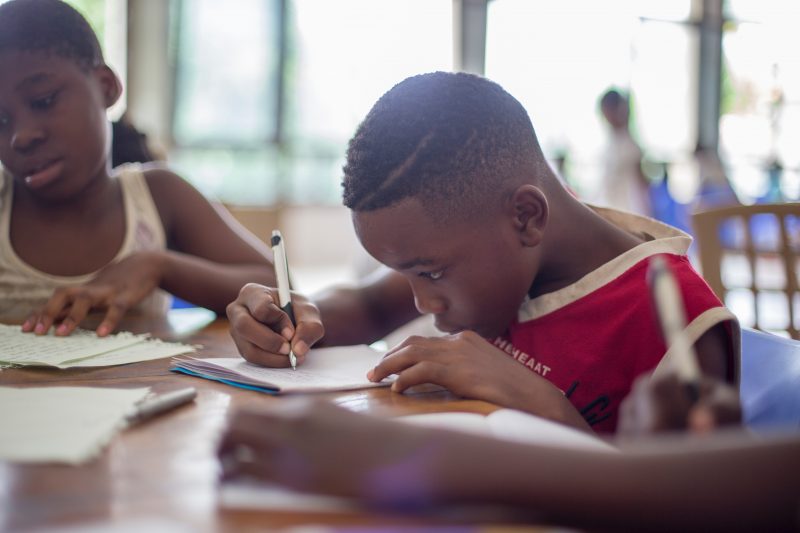When one normally refers to handwriting, often times the standard pencil and paper, traditional method is what’s thought of first. Memories of writing assignments performed usually within the confines of a desk come flooding to the forefronts of our minds. What if I told you that handwriting no longer has to be a rigid and conventional idea? The sole purpose of this blog is to broaden your horizons to the world of handwriting through a multisensory approach. Don’t worry. The word “multisensory” isn’t as intimidating as it looks. 🙂
For starters, the approach we take at Therapy at Play while engaging in certain activities can have a huge impact on our over all experience. Handwriting can be a very intimidating and challenging task for some children. There are several foundational skills that go into handwriting, such as visual perceptual skills, fine motor coordination, hand strength, proximal stability and strength, sensory integration, and the list goes on and on. Each child must be addressed individually in order for him/her to be successful. There is no “one size fits all” approach to child development. Clinicians, parents, guardians, etc. who spend a majority of their time modifying environments for a child’s success, are responsible for discovering those unique needs to ensure that he/she wont fall through the cracks.
The neat thing about an multisensory approach to handwriting is that it not only takes the rigor and pressure out of the conventional approach to handwriting, but it also allows for increased sensory involvement that assists in making our day-to-day experiences enjoyable. A Multisensory approach decreases the intimidation attached to handwriting, especially if the task is already difficult. Motivation for participation is the first key to success. Often times fears or reminders of inadequacies while engaging in handwriting activities, deter children from wanting to participate in the first place; let alone improve their abilities all together. When provided with fun, sensory engaging, and different alternatives that still target the foundational keys to handwriting, kids are more inclined to participate out of sheer curiosity and novelty of the approach. Once we have spurred the curiosity of a child, we’re off to the races now!!
I know what you’re thinking. A multisensory approach sounds cool, but what exactly does that mean? Essentially a multisensory approach to handwriting provides children with a heightened sensory experience through the use of various mediums/stimulus (water, shaving cream, gels, vertical surfaces, etc.) while still targeting foundational skills necessary to engage in handwriting tasks. Now that we have the overview out of the way, lets look into some examples of multisensory approaches that could really aide in the success of your child’s handwriting skills:
- Vertical surfaces (chalkboard, mirror, whiteboard, etc.)- This simple positioning or coordinal plane can really make the world of difference. Handwriting on vertical surfaces is excellent for improving proximal upper extremity strength and stability (specifically at the shoulder muscles).
- Salt drawings – this activity provides tactile (touch) sensory input, as well as promotes muscle memory needed for letter pre-writing strokes and letter formation.
- Gel in a bag- All you need is some colored gel and a storage bag, and you’re in business. Once the bag is properly sealed, kids can do all sorts of tracing activities.
- Shaving cream writing- For my friends who like to get a little messy, this activity is prime time fun. Grab some shaving cream, a surface, and go to town!
- Ipad applications for handwriting-The age of technology is vastly taking over. In lui of all the other fun games on the ipad, why not through in some handwriting apps? There are tons out there, but I would personally recommend “The Writing Wizard”. You can even take it a step further and use the app with a stylus pen to address grasping pattern. Sounds like a good time to me!
I hope that this blog paints a clearer picture of the power of utilizing a multisensory approach to handwriting. Handwriting doesn’t have to be rigorous and stressful! I guarantee after utilizing this approach with your child, he/she will have a newfound excitement for handwriting!


